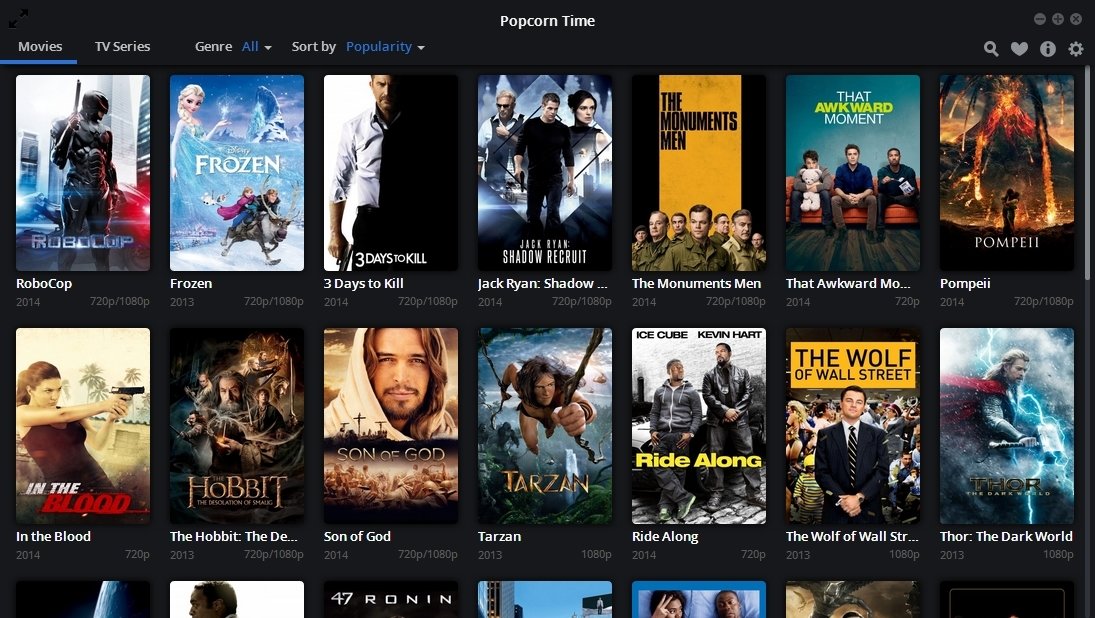
PRESENTERS
Today's Schedule
... PROFIT
WE HAVE TWO SHORT LESSONS THIS MORNING
LESSON #1
OVERVIEW + HTML
LESSON #2
CSS
LESSON #1
OVERVIEW + HTML
What is coding?
CODING IN REAL LIFE...

Where does HTML come in?
TOO MUCH CSS
choose your flavour

How do we write code?

LEt's take a look at brackets
How does HTML work?
<>
These are called angle brackets
Text inside of angle brackets is an HTML tag.
Everything else is just text.
<p>This is normal text surrounded by an HTML tag .</p>
A closing tag has a forward slash.
This whole thing is an HTML element.
Let's pick apart SOME CODE
<h1>Don Burks</h1> <p> <em>Bio:</em> Head Instructor of Lighthouse Labs <br> <em>E-mail:</em> don@lighthouselabs.ca </p>
<header>
: Defines the heading portion of a section.
<p>
: Creates a paragraph of text.
<em>: Emphasizes text (e.g. italicize it).
<br>
: Triggers a new line.
There are many types of HTML elements, including:
<SECTION>, <HEADER>, <STRONG>, <FOOTER>
EACH ELEMENT HAS ITS OWN SPECIFIC ROLE
We've learned about tags and elements.
Nesting
Attributes
Attributes
ATTRIBUTE EXAMPLE
Here's a normal header element:
SRC
Attribute
The
src
attribute is how we get
CAT PICTURES
Used within the < img > element
<img
src="
http://images.com/10_dead_cats.jpg">

LESSON #2
css
HTML defines the elements on a webpage
CSS defines the design of those elements.
![]()
Structure: Our house's scaffolding.
Defining block of content that should go within another block, etc.
Design: Our house's paint and decor.
How those blocks should actually look:
what colour they are, how big they are, etc.
CSS is a two-step process
1. It targets an element on a page.
2. It applies styles ("properties") to it.
Common CSS properties include:
color, font-size, text-align
Hi, my name is George. I'm unemployed and I live with my parents. –George Costanza
NOW LET'S CREATE THE CSS
DIVING DEEPER INTO THE CSS
Alternatively, when we start with a pound-sign, we tell CSS to target elements with a given id:
ID vs class attribute
class attribute
What else can you do with css?
CSS3
stylistic control
Animations
Fine.
But what about interactivity?
Javascript to the rescue!

deadly when
used in combination
with html5 & css3

without js we wouldn't have ...



the future of html & css
it's not just for the web
anymore!
Desktop Apps!

Mobile Apps!


Everyone
should
learn
to
code
What it takes
What's Next?
where do i go from here?
The #HTML500 Booklet
FREE(ISH) ONLINE TOOLS








